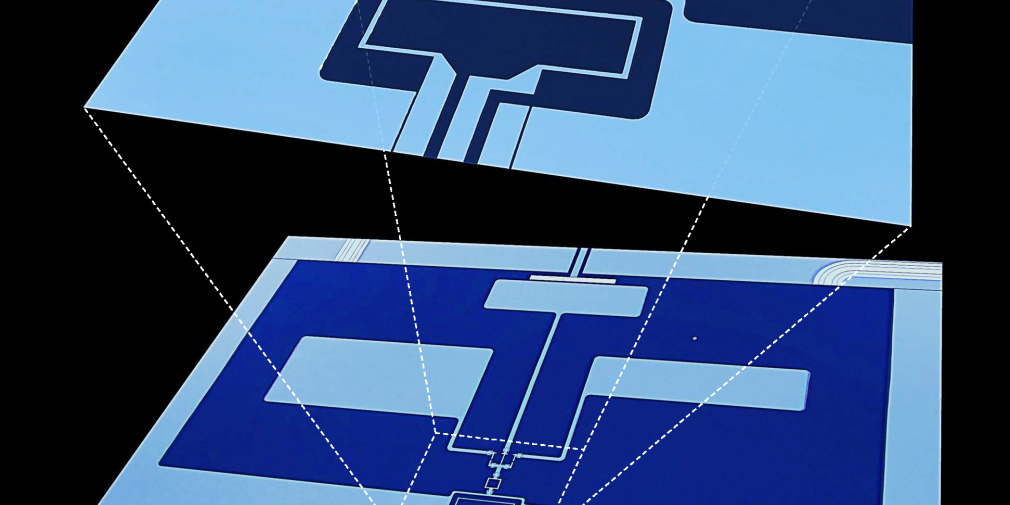What good is a powerful computer if you can’t read its output? Or readily reprogram it to do different jobs? People who design quantum computers face these challenges, and a new device may make them easier to solve.
The device, introduced by a team of scientists at the National Institute of Standards and Technology (NIST), includes two superconducting quantum bits, or qubits, which are a quantum computer’s analogue to the logic bits in a classical computer’s processing chip. The heart of this new strategy relies on a “toggle switch” device that connects the qubits to a circuit called a “readout resonator” that can read the output of the qubits’ calculations.


